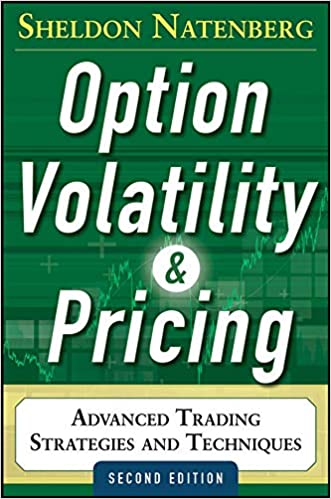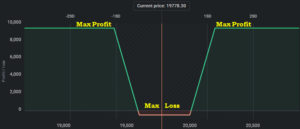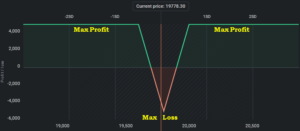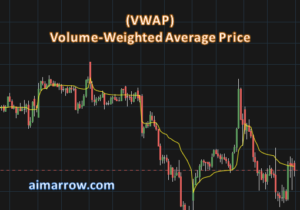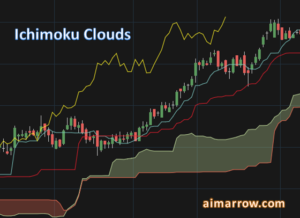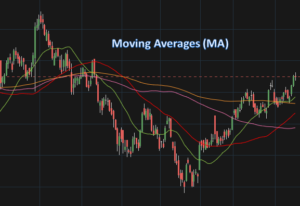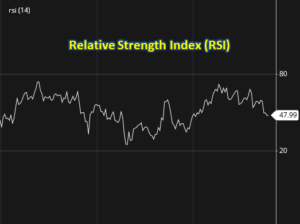Long Strangle Options Trading Strategy | Step-by-Step Process To Execute, Payoff Graph, Pros & Cons, Adjustments
What is a Long Strangle?
A Long Strangle is an options trading strategy that involves buying both a call option and a put option on the same underlying asset with the same expiration date but with different strike prices. The aim of this strategy is to profit from a significant move in either direction, regardless of the direction of the move.
This strategy is typically used when there is expected to be a significant increase in volatility in the market but the direction of the move is uncertain. A Long Strangle is a non-directional strategy that has limited risk and unlimited profit potential.
Example of a Long Strangle
Let’s consider an example of a Long Strangle strategy. Suppose you expect that a stock XYZ will have a significant price move in the near future, but you’re not sure which direction the stock will move.
Currently, XYZ stock is trading at $100 per share, and the options chain for XYZ shows the following:
- The call option with a strike price of $110 is trading at $2 per share.
- The put option with a strike price of $90 is trading at $1.50 per share.
To execute the Long Strangle strategy, you would buy one XYZ call option with a strike price of $110 for $2 per share and one XYZ put option with a strike price of $90 for $1.50 per share. The total cost of the trade would be $350 ($2 + $1.50 x 100 shares), which is the maximum loss you can incur in this trade.
Now, there are three scenarios that can happen:
- If the stock price goes up to $115, the call option will be in the money and worth at least $5 per share. The put option will expire worthless. In this case, you can sell the call option for $5 per share, making a profit of $300 ($5 – $2 x 100 shares).
- If the stock price goes down to $85, the put option will be in the money and worth at least $5 per share. The call option will expire worthless. In this case, you can sell the put option for $5 per share, making a profit of $350 ($5 – $1.50 x 100 shares).
- If the stock price remains unchanged at $100, both the call option and the put option will expire worthless, resulting in a maximum loss of $350.
Steps to Execute a Long Strangle Options Strategy
Here are the steps to execute a Long Strangle options trading strategy:
- Choose the underlying asset: Select an underlying asset that you expect will have a significant price move in the near future.
- Determine the expiration date: Decide on the expiration date for your options. Typically, this is within the next 30-60 days.
- Choose the strike prices: Buy a call option with a strike price above the current price and a put option with a strike price below the current price.
- Buy the options: Buy the call and put options simultaneously to execute the Long Strangle strategy.
- Set profit and loss targets: Set your profit and loss targets and adjust your trade accordingly.
Payoff Graph for Long Straddle Options Strategy:

Nifty Current Market Price (CPM): 18203.40
Long Strangle Trading Strategy:
- Buy 1 Lot of Nifty 18400 Call (CE) at Premium 19
- Buy 1 Lot of Nifty 18000 Put (PE) at Premium 18
- Net Premium Paid: (Call Option Premium Paid + Put Option Premium Paid) * Lot size
Here [19+18)]*50 = 37*50 = 1850
Max loss = Net premium paid
When underlying asset closes between the two strike prices chosen (here 18000 and 18400), on expiry day.
Upper Breakeven = CE Strike + Net premium (18400 + 19)
Lower Breakeven = PE Strike – Net premium (18000 – 18)
Max Profit: The profits are unlimited when the underlying stock price moves beyond the breakeven points in either direction of the market i.e profit keeps increasing once the price of the underlying moves beyond the breakeven points.
Pros and Cons of Long Strangle Options Trading Strategy
Pros
- Non-directional: The Long Strangle strategy is non-directional, meaning you can profit from a significant price move in either direction.
- Limited risk: Your maximum loss is the total cost of the trade.
- Unlimited profit potential: There is no limit to how much you can profit if the underlying asset has a significant price move.
- Can be used in high volatility markets: The Long Strangle strategy is particularly useful in high volatility markets when there is a greater chance of large price movements.
Cons
- High cost: Because you need to buy both a call option and a put option, the Long Strangle strategy can be expensive.
- Time decay: The Long Strangle strategy relies on significant price movements, so if the underlying asset remains stable for an extended period, the options may lose value due to time decay.
- Requires significant price movement: The Long Strangle strategy requires a significant price move in either direction to be profitable. If the underlying asset remains stable, the strategy may result in a loss.
Adjustments to Long Strangle Options Strategy
In Profit
If you are in profit with the Long Strangle strategy, you have several options
- Close the position: You can close the position and take your profit.
- Take partial profit: You can take partial profit by closing one of the options and letting the other option run to maximize your profit potential.
- Roll the options: You can roll the options to a further expiration date or a different strike price to extend the trade and potentially increase your profit.
In Loss
If you are in loss with the Long Strangle strategy, you can make adjustments to limit your losses:
- Close the position: You can close the position and take your loss.
- Adjust the strike prices: You can adjust the strike prices of your options to increase the chance of profitability.
- Roll the options: You can roll the options to a further expiration date or a different strike price to extend the trade and potentially reduce your losses.
Conclusion
The Long Strangle options trading strategy is a non-directional strategy that can profit from significant price movements in either direction. It has limited risk and unlimited profit potential, making it a popular strategy in high volatility markets. However, it can be expensive and requires significant price movement to be profitable. It’s important to set profit and loss targets and make adjustments accordingly to maximize your chances of success.
Recommended Book:
Option Volatility and Pricing: Advanced Trading Strategies and Techniques, 2nd Edition (PROFESSIONAL FINANCE & INVESTMENT)
